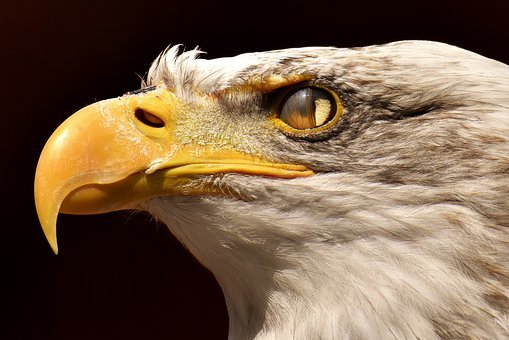The Golden Fleece Award (1975–1988) was a tongue-in-cheek award given by Senator William Proxmire to public officials in the United States for squandering public money, its name taken from the actual Order of the Golden Fleece, a prestigious award created in the late-15th Century. Examples of awards were those given to the United States Department of Defense for a $3,000 study to determine if people in the military should carry umbrellas in the rain and the United States Department of Justice for conducting a study on why prisoners want to escape.
I recall also he gave an award to the National Science Foundation for awarding researchers a grant to study homosexuality in seagulls. There are lots of other bird studies that some might question as Calculating the avian molecular clock or Repeatability of signalling traits in the avian dawn chorus. And I’m sure you can come up with other studies that seem to have little use or point. But most of them are potentially useful, like the individual pieces of a jigsaw puzzle that someday will give us an overall picture of understanding.

Most applied research such as the search for a vaccine, a new highway surface, or a better hybrid vehicle is understood by most. It’s basic research that many people do not understand. Who really cares about the Higg’s Boson or the discovery of a new galaxy 75 billion light years away? But often we don’t know the significance of research until years or decades later when the big picture develops. Basic research generates new ideas, principles, and theories which form the basis of progress. Today’s computers could not exist without research in pure mathematics conducted over a century ago, for which there was no known application at the time. Basic research stimulates new ways of thinking Think of all the population studies of birds that are now demonstrating what effects climate change has had on our environment or the measurement of eggshell thickness which didn’t seem relevant until it shed light on the DDT issue. (DDE, the breakdown product of DDT, thins eggshells.)
Ornithologists, like other scientists, come up with all kinds of questions and I hesitate to criticize anyone’s research ideas, but I recently ran across a study that befuddled me – how often do birds blink? Dr. Jessica Yorzinski, a sensory ecologist at Texas A&M University, had been wondering how animals need to blink. I cannot think of any reason why this is or could be important. Previous studies, like this one in 1983, of blinking birds, apparently led nowhere, so why bring this up again?

Yes, blinking has a purpose, one of which is to cleanse and moisturize the eye. And we can surmise that flying birds blink more than perched birds and the faster a bird flies, the more it blinks. I’m not sure if she is talking about blinking by closing the eyelid or a sweep of the nictitating membrane, but no matter.
But do we really have to fasten some apparatus around birds’ heads to find out exactly? If I’m wrong, I’ll apologize in the blink of an eye.
Pingback: Sexual Preference in Birds – Ornithology
Pingback: Sexual Preference in Birds – Ornithology - Vetezi
Pingback: Sexual Desire in Birds – Ornithology – Pawsomeconnection